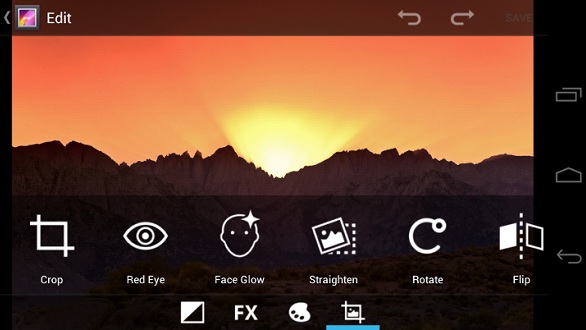On Wednesday, Google and Samsung announced the Galaxy Nexus smartphone (previously rumored as the “Nexus Prime”). But a phone is only as good as its software, and Android Ice Cream Sandwich, which will debut on the Galaxy Nexus, is a major update that will eventually be the standard for Android phones and tablets.
Here’s a closer look at the new Android software:
New Look, New Font
Ice Cream Sandwich strives for the same minimal, wireframe vibe as this year’s Android Honeycomb tablets, with sharp edges and slender lines separating elements of the user interface. The OS also has a new font called Roboto that looks a bit rounder than previous fonts.
(MORE: Will Android’s Ice Cream Sandwich Take a Bite Out of iOS 5?)
Improved Multitasking and Notifications
In older versions of Android, holding down the home button brought up a grid view of your recently used apps, represented as icons. Now, those apps will be presented as a vertical strip of thumbnails that you can scroll through. Android’s notification bar has also been tweaked in Ice Cream Sandwich, letting you swipe away individual items and control music playback.
Lock Screen Capabilities
Turns out there’s a lot you can do from the lock screen in Android Ice Cream Sandwich. Users can swipe down the notification window to see new messages, manage music playback and jump directly to the camera. And when you’re ready to unlock the phone, Ice Cream Sandwich can use your face instead of a password to authenticate.
Respond By Text
When getting a call that you don’t want to answer, Ice Cream Sandwich lets you dismiss the call and select from a list of preset text message to send, such as “Can’t Talk Now. What’s Up?”
“People” App
A new app called People will replace Android’s old Contacts app, with a new look that includes larger profile pictures instead of tiny thumbnails. Contact pages can also include recent updates from social networks.
article continues on next page…
Visual Voicemail
Finally, Android is getting the ability to manage and review voicemail on the screen, instead of over the phone. Third-party apps will be able to integrate Android’s visual voicemail for added services such as transcription.
Better Speech-to-Text
It’s no Siri, but Ice Cream Sandwich has some big speech-to-text improvements over previous versions of Android. Text now streams to the screen in real-time as you talk, and potential translation errors are highlighted in gray, letting you make revisions by tapping on each misheard word.
(MORE: Samsung Announces Android Flagship ‘Galaxy Nexus’ Smartphone)
Camera Effects and Photo Editing
While we wait for Instagram to release an Android app, Google’s added its own effects—including hipster effects—to the camera in Ice Cream Sandwich. The software also boasts zero shutter lag, continuous focus, tap-to-focus, face detection and panorama mode. Users can crop, rotate or apply more effects to images from the photo gallery.
NFC and Wi-Fi Direct Sharing
A new app called Android Beam will allow two NFC-enabled devices to share information, such as apps, contacts, photos and videos, simply by holding the phones up to one another. In lieu of NFC, Ice Cream Sandwich supports Wi-Fi Direct, which lets two nearby devices share data without an Internet connection or tethering.
Other Little Tweaks
Not all of Ice Cream Sandwich’s improvements deserve their own subheading, in my opinion, but here they are: In Ice Cream Sandwich, you can create folders by dragging one app on top of another (a la iOS). You can take screenshots and save web pages for offline reading. You can view data usage and set warnings or hard limits on data consumption. Widgets built into Ice Cream Sandwich are resizeable. The soft keyboard is improved, and a spell checker is implemented throughout the OS. And you can apply live photo effects during video chat.



